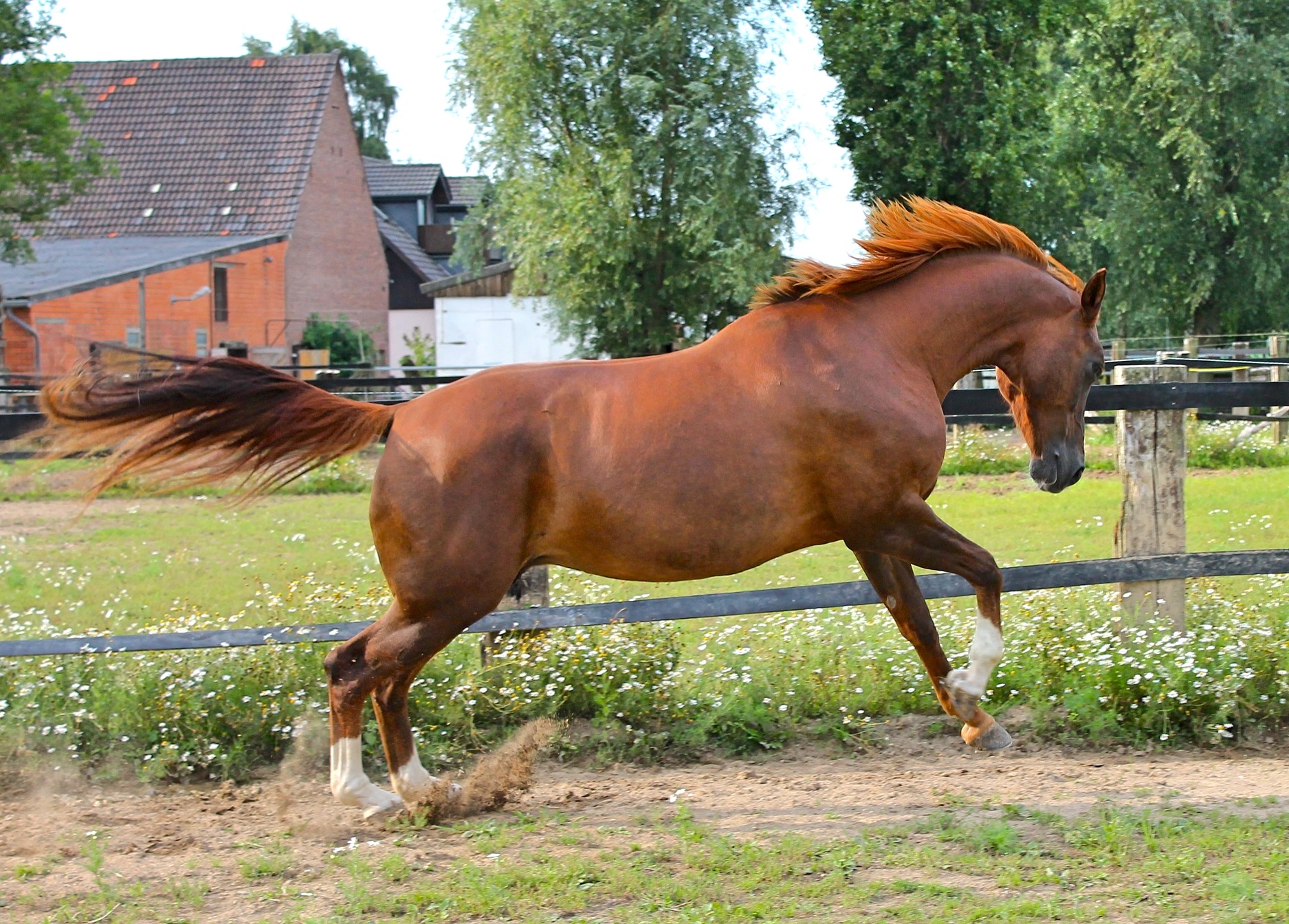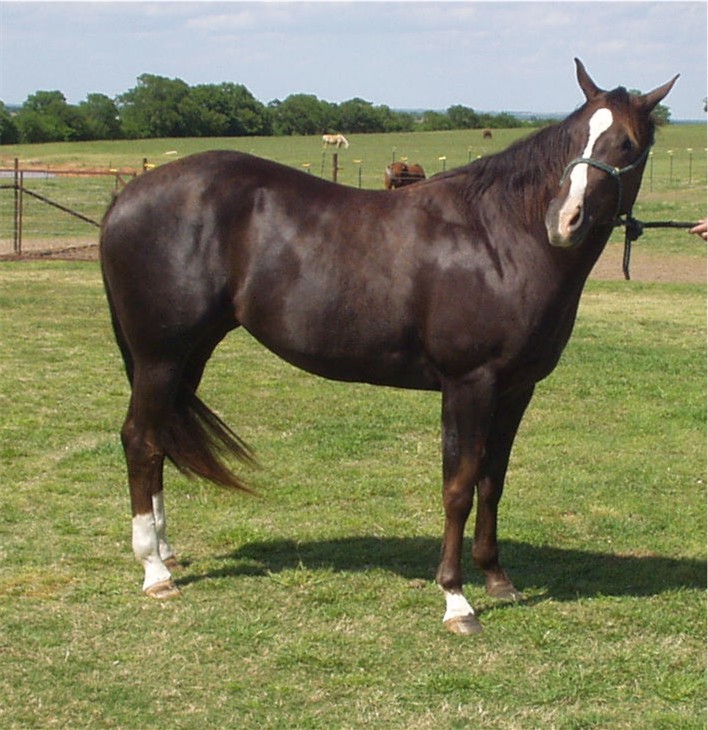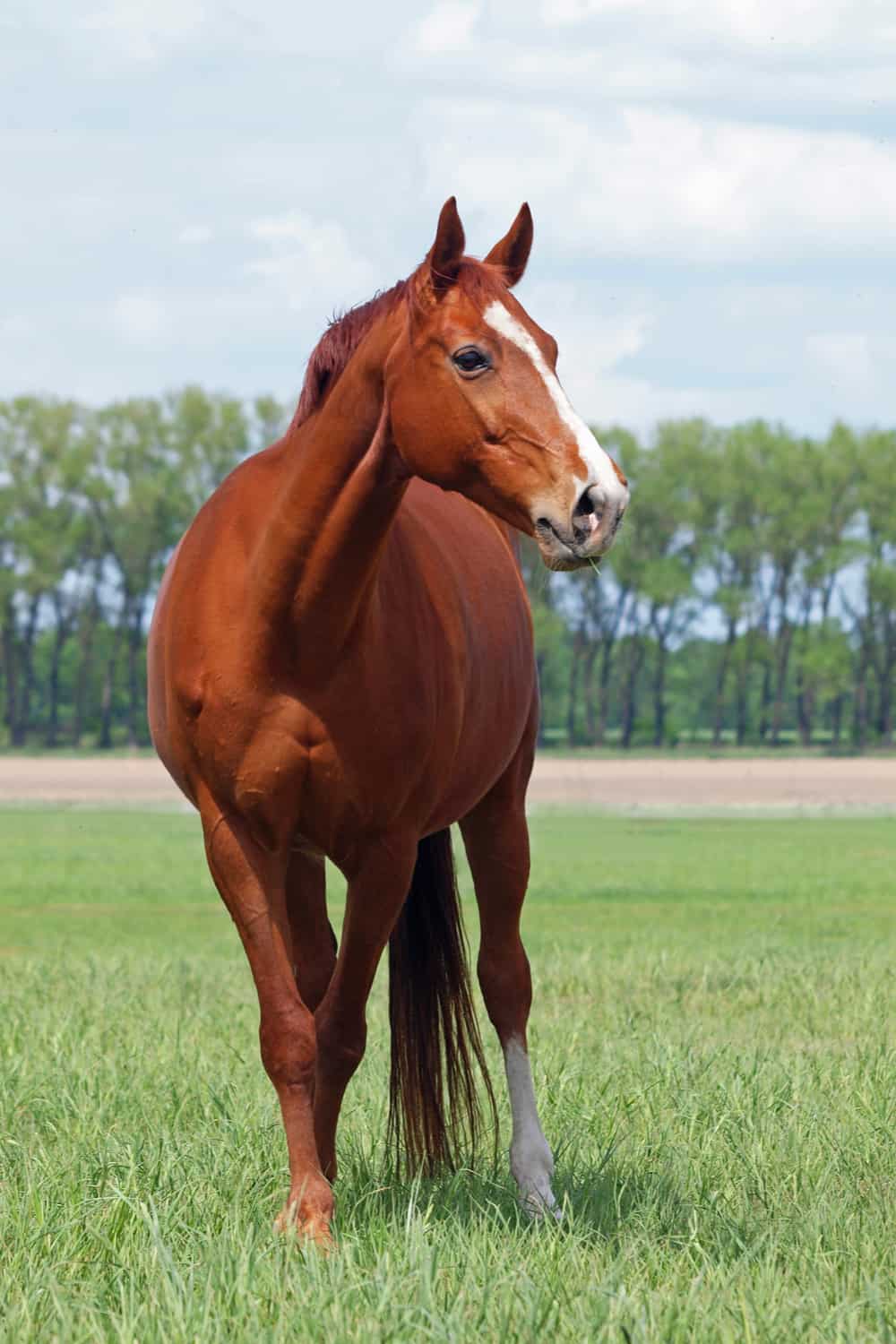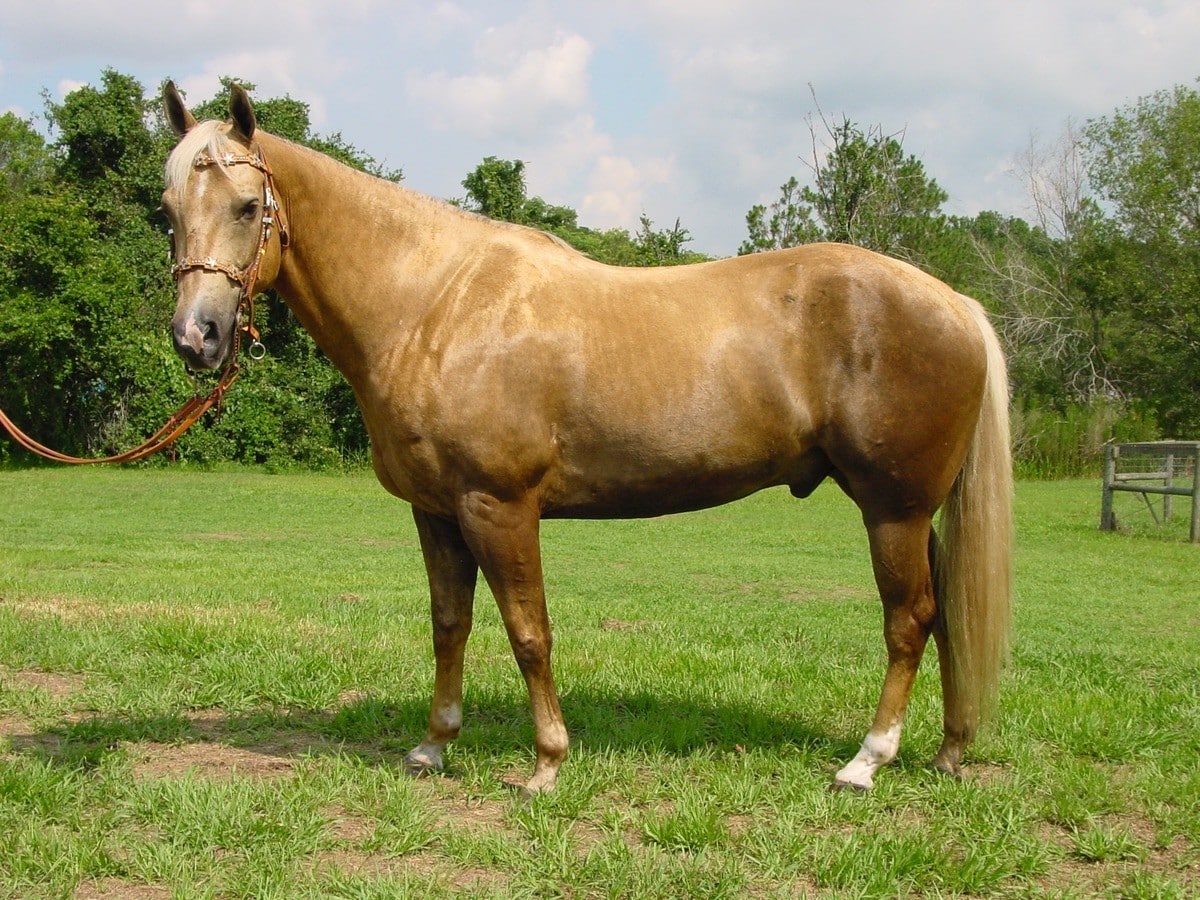
Are Chestnuts really more badly behaved than other horses?
A chestnut horse has a coat of a reddish-brown color, containing no black hairs, along with a mane and tail of the same or a lighter color. In horses, the term 'chestnut' refers to color and includes numerous shades of red-brown all produced by the same genotype. Chestnut is found across many horse breeds and is one of the most common coat.

Such a color Chestnut Horse, Brown Horse, Blue Horse, Most
The Chestnut horse color is characterized by a base color that ranges from a rich reddish-brown hue to lighter shades of golden brown. This color is predominantly caused by the presence of a pigment called pheomelanin. The base coat color is often uniform across the horse's body, including the mane and tail.

Chestnut liver quarter horse Favorite horse photos Pinterest
Browse 4,150 chestnut horse color photos and images available, or start a new search to explore more photos and images. Browse Getty Images' premium collection of high-quality, authentic Chestnut Horse Color stock photos, royalty-free images, and pictures. Chestnut Horse Color stock photos are available in a variety of sizes and formats to fit.

Pin on Horse Colors Sorrel / Chestnut Horses
Light chestnut: is a term used to describe a pale chestnut, with the mane and tail the same color. Chestnut Genetics. Chestnut horses have an extension locus (E). This gene halts the production of black pigments and causes the production of red pigments. The chestnut extension gene has three alleles: E +, e, and e a. Horse breeds with Chestnut.
Chestnut Thoroughbred Color
Liver Chestnut. Liver Chestnut, commonly referred to as Dark Chestnut, is a dark reddish-brown coat color. Horses with this coat type typically sport either a chestnut body and either light-colored or black mane and tail. One way to identify a Liver Chestnut is by inspecting its mane, tail and legs for points.

Life in Melbourne, Australia Chestnut
Ringo is a sorrel chestnut American Quarter Horse, a breed hailed for its ability to nimbly maneuver around barrels and sprint up to 55 miles per hour (88.5 kph). They come in almost all coat colors, but this medium chestnut hue is the most common. 14. All Muscle

201+ Chestnut Horse Names Helpful Horse Hints
This color has the same visual effects on the horse's appearance as hunter green does. The main reasons I think this color looks GREAT on chestnut horses include: The fact that you will stand out from the crowd because of the unique colored tack your horse is using; This color doesn't stain easily so it still looks great after years of use

All About The Chestnut Horse
A Red Rabicano comes with a chestnut base color and sparse roaning coloration on the underbelly, tail, legs, flanks, and head. Basically, this coloration leaves the horse's back in its base color and touches the other areas with red. Most often, this coloration occurs in black, bay, and chestnut horses. Most Common Horse Colors and Coat.

Sorrel Vs. Chestnut Horse How Are They Different?
Chestnut Horse Color Significance and Meaning. Chestnut horses, with their warm reddish-brown coats, exude a sense of vibrancy and vitality in the equine world. The chestnut color is the result of a specific genetic trait characterized by a reddish-brown body with a mane and tail that can range from the same hue to a lighter shade.

The quietest moment Chestnut horse, Horses, Horse coloring
Coat Color: Both bay and chestnut horses have a reddish-brown base coat, but the shades can vary widely. Bay horses generally exhibit a darker reddish-brown hue, ranging from light brown to a rich mahogany color. Chestnut horses, on the other hand, display a lighter and more uniform reddish-brown coat that can range from a pale sorrel to a deep.

Chestnut Horse Wallpaper Wide 4uC Horse Wallpaper, Animal Wallpaper
Many equine colors and markings exist in the world today, with countless shades and combinations that make every horse unique. The most common horse colors and patterns are bay, chestnut, gray, black, pinto, and dun. A horse's color is determined by many factors such as breed, genetics, age, and even season.

Are Chestnut and Sorrel Horses the Same Color? What's different?
Bay. A corruption of the Latin word badius (meaning chestnut or brown), bay horses can be as light as a reddy-brown or as dark as chocolate brown but because their base color is black they always have black points. While the body color of a bay can be any shade of brown there are three main ones: Dark Bay - Sometimes called black bay, these are horses with a very dark brown body color.

A Horse of a Different Color (and a giveaway!) Petticoats & Pistols
Chestnut is a hair coat color of horses consisting of a reddish-to-brown coat with a mane and tail the same or lighter in color than the coat. Chestnut is characterized by the absolute absence of true black hairs. It is one of the most common horse coat colors, seen in almost every breed of horse.. Chestnut is a very common coat color but the wide range of shades can cause confusion.

Chestnut Horses Interesting Facts and Pictures Pet Keen
Chestnut Horse Image Credit: Pixabay. The look of chestnut-colored horses is a bit tricky to determine. The manes and tails are often chestnut-colored, though some feature a deep maroon color mistaken for blacks. Typically, the chestnut horse color features brown hair with golden brown or reddish-brown points.

Shady Lil Starlight seznam hřebců Pretty horses, Unusual horse
A chestnut on a horse is a coat color, not a breed. It is a reddish-brown color that can range from light to dark. Chestnut horses are common in many breeds and can be found in almost all parts of the world. While the exact shade of chestnut on a horse can vary, it is typically a warm, golden color. While all chestnut horses have similar.

Are Chestnut Horses Crazy? Not Necessarily, Scientists Say The Horse
Equine Coat Color Genetics Base Coat Color. The basic coat colors of horses include chestnut, bay, and black. These are controlled by the interaction between two genes: Melanocortin 1 Receptor (MC1R) and Agouti Signaling Protein (ASIP).. MC1R, which has also been referred to as the extension or red factor locus, controls the production of red and black pigment.